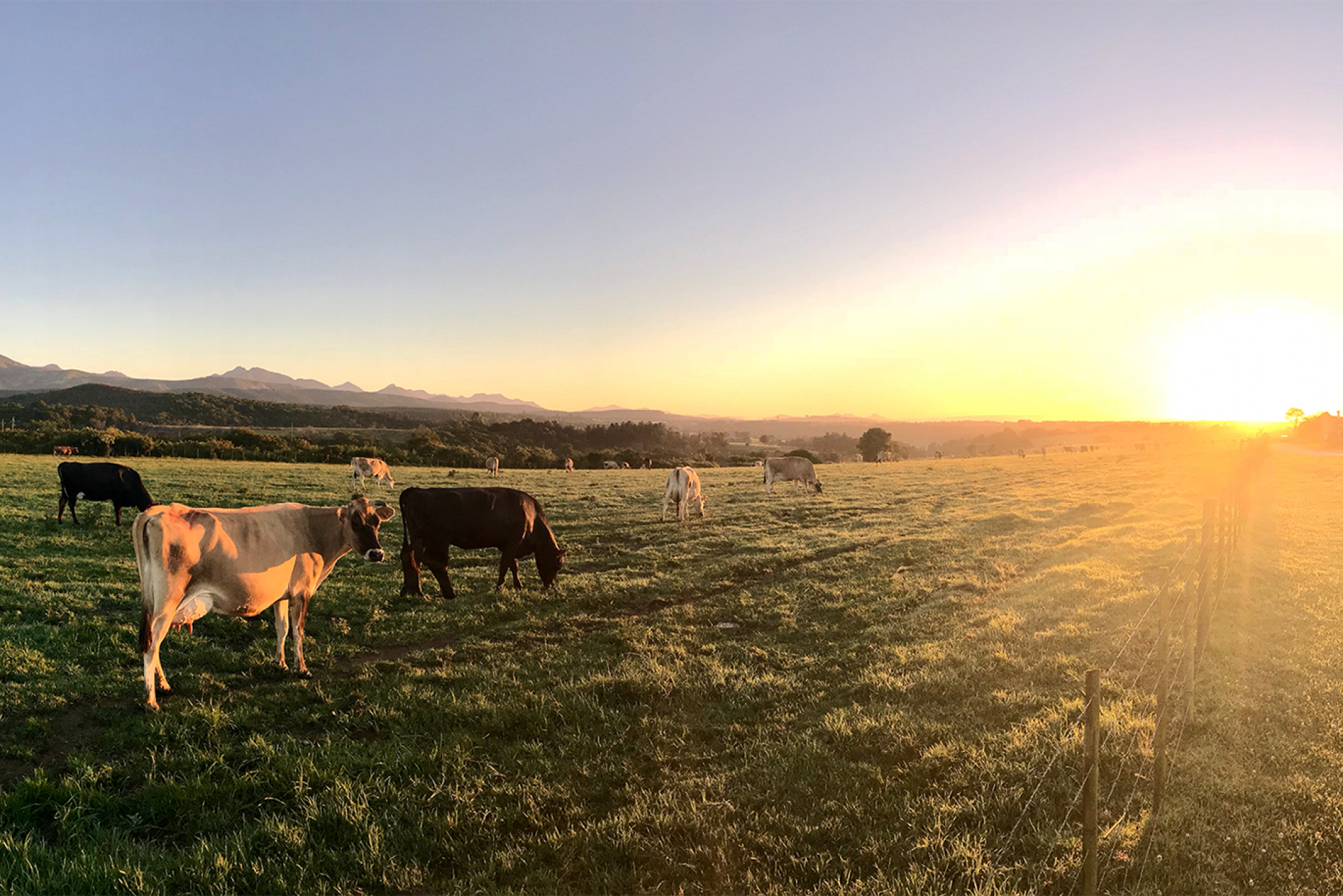How To Handle Cattle Using Low Stress Cattle Handling & Flight Zones

When it comes to how to handle cattle using the cattle's flight zone is the most commonly used method, but spending too much time in the flight zone of an animal can lead to a great deal of stress! To keep animal stress to a minimum, the pressure zone is an effective and highly efficient method of controlling cattle movement.
"[The] Pressure zone refers to the area just beyond the outside boundary of the flight zone, the boundary representing the "thresholdÀ beyond which the animal reacts À¦ this is where [handlers] will be most effective because [they] can stay in "contactÀ with the animal(s) and generate a more controlled response, whereas penetrating the boundary of the flight zone is more likely to result in flight, as the name impliesÀ (Stockmanship Journal Glossary).
"Effective cattle handling is a lot like dancing with a partner, you have to take the lead and use the right pressure to let your partner know where to go. However, if your signals are unclear, you end up stepping on each other's toes.À
How do pressure zone cattle handling techniques work?
- Cattle want to go around you. When you provide an opening, cattle will move there thinking it was their idea, simply to get away from you.
- Cattle move away from pressure. Their instinct is to return to a safe space and escape pressure in their personal space.
How can I use pressure zone cattle handling techniques in my operation?
- Be patient and move slowly. When applying pressure, move into the pressure zone slowly to ensure you are using the correct amount of pressure for that animal.
- When you get a reaction, back off. Putting constant pressure on the cow's pressure zone will lead to stress. When a cow reacts to your pressure, back off immediately and give the animal the opportunity to move in the direction you have provided for them.
- Stay visible. To keep cattle from turning around and halting movement, stay in their sight. Only move into their blind spot if you want a cow to turn and it is necessary that they move in the opposite direction.
- Give cattle somewhere to go. Provide an opening. Set up where you want cattle to go before applying pressure.
- Walk in the opposite direction of where you want them to go. If you want your cattle to move forwards or speed up, walk towards them. Walking towards them will speed them up, while walking with them will slow them down.
- Pressure from the side. This allows you to manipulate movement in any direction.
- Move in triangles. Move in straight lines to get the best response from cattle. Arch patterns are associated with predators, so they should be avoided.
This video from the University of Minnesota gives more examples of how you can move cattle efficiently with pressure zone handling!
Pressure zone handling is an excellent technique to use in your low-stress cattle handling operation. By providing your cattle with the opportunity to move along the path they naturally wish to take and controlling the amount of pressure you place them under, the efficiency of your operation can be increased tremendously! Arrowquip products are designed to take advantage of the pressure zone, allowing the handler to control animal movement through the sight lines in our cattle tubs, alleys and cattle chutes, making it easy to convince your cattle to flow wherever you need them to go.
What low-stress cattle handling techniques do you use? Have you ever tried moving your cattle using the pressure zone? What works for your cattle? We're always interested to hear!
HOW ARE WOLF ATTACKS CATTLE CHUTES THE SAME? CATTLE CHUTE RUBBER FLOORS. WHAT ARE THE DIFFERENCES?
Sources:
Dr. R. Gill


Comments
Join the Discussion
Comments